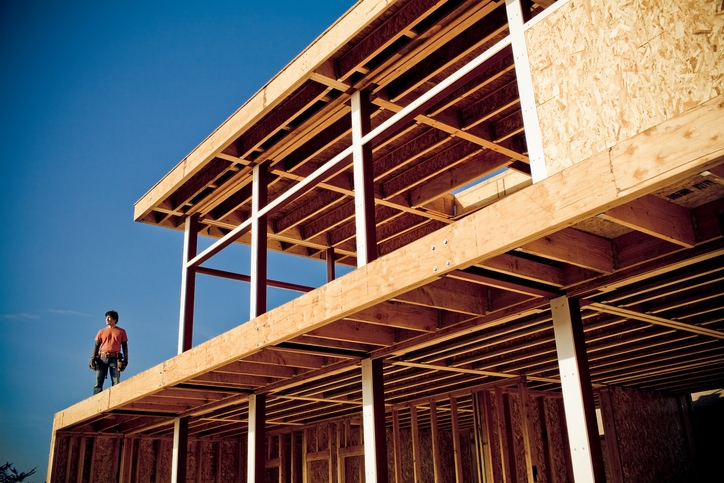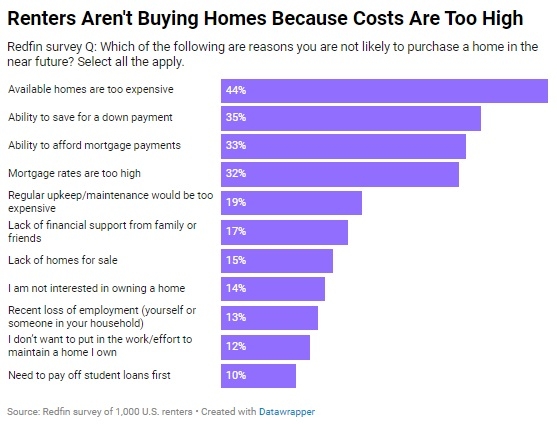Advertisement
Housing Starts Inch Up, Builder Confidence Inch Down

Single-family housing starts in July were at a rate of 862,000, according to data released by the U.S. Census Bureau and the Department of Housing and Urban Development. Last month’s housing starts were 0.9 percent above the revised June figure of 854,000. Privately-owned housing starts in July were at a seasonally adjusted annual rate of 1,168,000, also a 0.9 percent increase from June when the estimate was 1,158,000, but last month’s level was also 1.4 percent below the July 2017 rate of 1,185,000.
Single-family authorizations in July were at a rate of 869,000, up 1.9 percent from the revised June figure of 853,000. Authorizations of units in buildings with five units or more were at a rate of 410,000 in July. Privately-owned housing units authorized by building permits in July were at a seasonally adjusted annual rate of 1,311,000, 1.5 percent above the revised June rate of 1,292,000 and 4.2 percent higher than the July 2017 rate of 1,258,000.
Single-family housing completions in July were at a rate of 814,000, which is 5.2 percent below the revised June rate of 859,000. Privately-owned housing completions in July were at a seasonally adjusted annual rate of 1,188,000, a 1.7 percent decline from the revised June estimate of 1,209,000 and 0.8 percent below the July 2017 rate of 1,197,000.
Separately, builder confidence in the market for newly-built single-family homes dipped by one point to a 67 reading in August on the National Association of Home Builders (NAHB)/Wells Fargo Housing Market Index (HMI).
The HMI component measuring current sales conditions dipped by one point to 73 while the component gauging expectations in the next six months took a single point drop to 72 and the metric tracking buyer traffic fell two points to 49. Looking at the three-month moving averages for regional HMI scores, the South and West each held steady at 70 and 75, respectively, while the Northeast and Midwest each fell three points to 54 and 62, respectively.
“The solid economic expansion and firm job market should spur demand for new single-family homes in the months ahead,” said NAHB Chief Economist Robert Dietz. “Meanwhile, builders continue to monitor how tariffs and the growing threat of a trade war are affecting key building material prices, including lumber. These cost increases, coupled with rising interest rates, are putting upward pressure on home prices and contributing to growing affordability challenges.”
About the author





